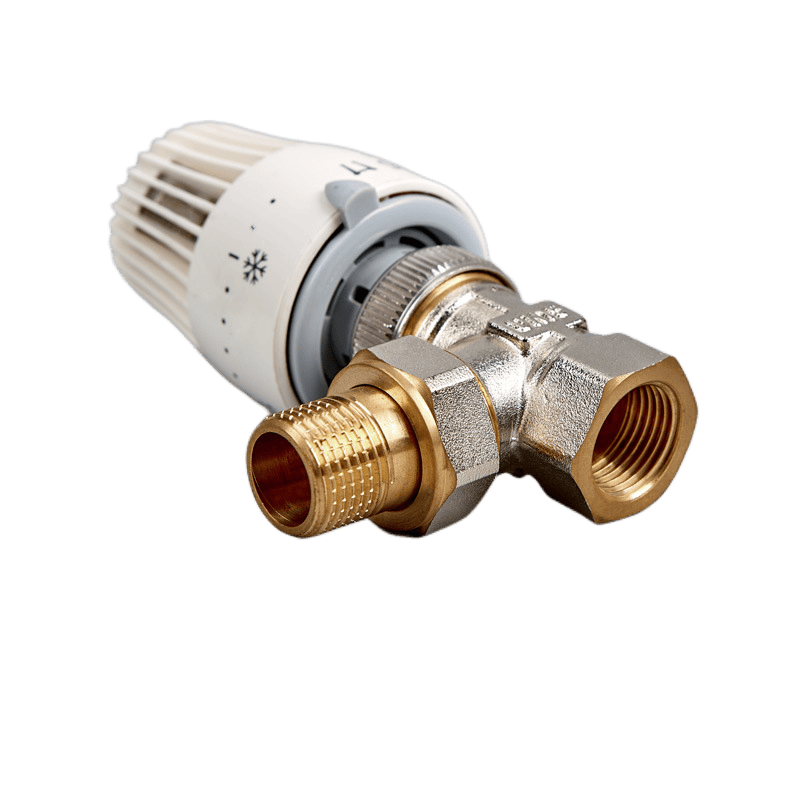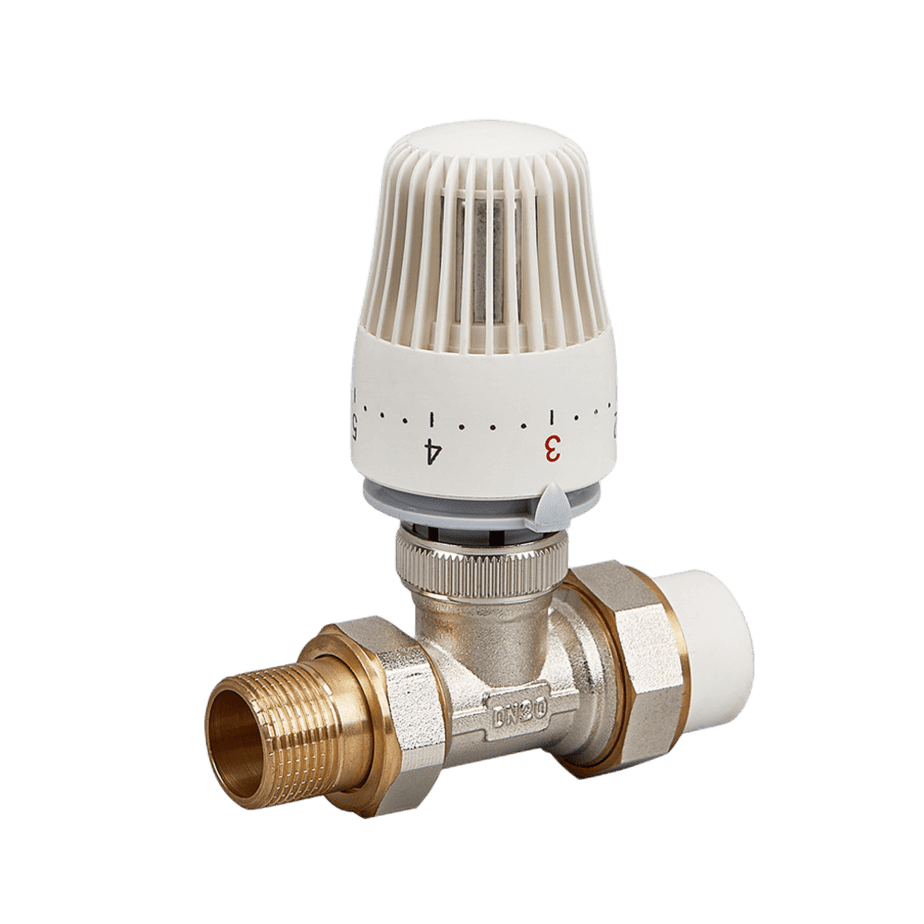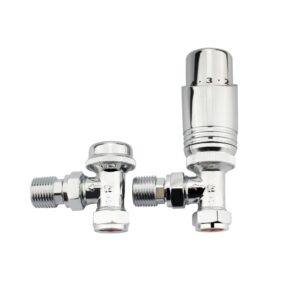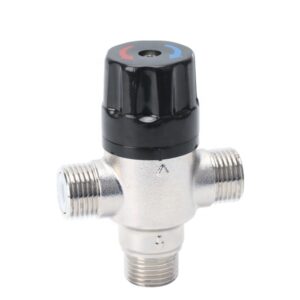Description
Temperature Heating Valve
JX-0654
- Thermostatic Radiator Valve
- Size 1/2″,3/4″
- Full brass with nickel-plated
- Made from forged brass
- Field of Application: Water
-
Specs–
Applications
2 Pipe Steam Hot Water
Size
DN15,DN20
Body type
Angle type, straight type
Max Pressure
1.6Mpa
Connection Type
FNPT x MNPT Threaded and BSP (G)
Capacity
High
Max working temperature
100°C
Thermostatic head
art.400 – art.400A
Thermostatic head attachment
30×1,5
Material
Brass
Position
Normally Open
Internal presetting device
fittings for copper, PEX, or multilayer piping
Max differential pressure
1,2 bar
Thermostatic Radiator Valves
Thermostatic radiator valves can give you greater control over your home’s temperature as they are slightly more advanced than manual valves. You set the valve to the temperature you would like the room to be. The TRV valve includes some wax or liquid that can ‘sense’ the temperature in the room; when your desired temperature has been reached, the TRV will shut off the flow of hot water and stop the radiator from getting hotter.
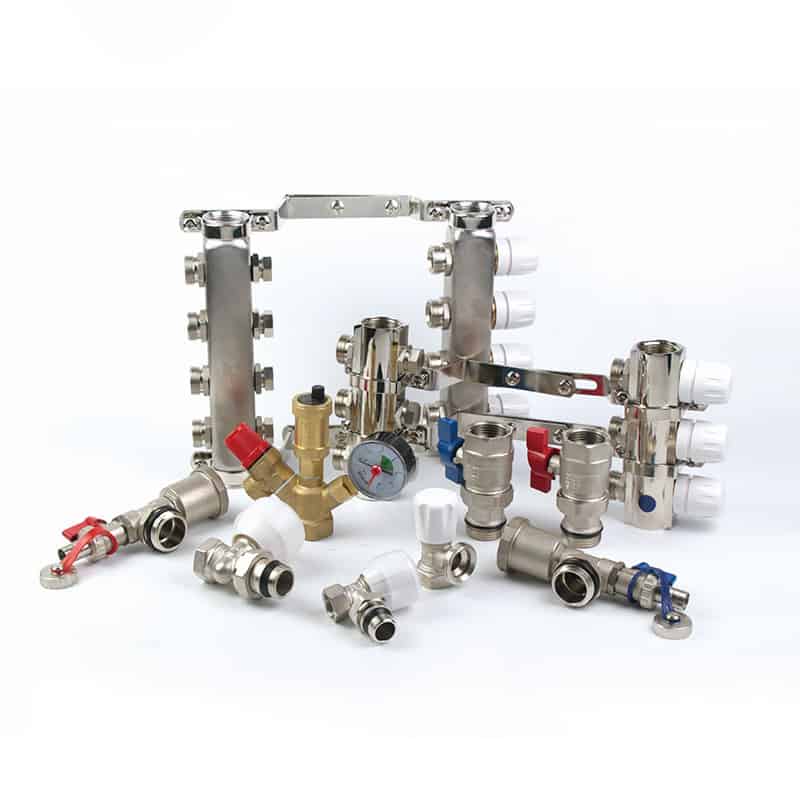
The TRV valve is a plumbing valve that regulates the flow of water and the temperature inside your home. The two main types are:
The first type, which we will call a “temperature-regulating” or “TRV” valve, maintains a constant setpoint by using hot or cold water from your house supply.
The second type, which we will refer to as an “on/off” valve, either fully opens or shuts off all water flow, opened manually with a lever handle attached.
There are 11 different TRV valves, each with unique features and benefits. The most common ones are:
The following table lists the 11 types of TRV valves, along with a brief description of each type’s main features and benefits:
-Thermostatic radiator valve (TRV)
-Pre-set thermostatic radiator valve (PTRV)
-Manual radiator valve (MVR)
-Automatic air ventilator (AAV)
-Anti-vacuum device (AVD)
-Balanced pressure valve (BPV)
-Differential control valve group A (DGVA)
-Differential control valve group B (DGVB)
-Differential pressure system (DPPV)
-Underfloor heating controller (UHVC)
The TRV. Its main benefits include easy installation, good for the environment, ease of use, and flexibility in design options. Its drawbacks include: limited adjustability without a third-party device or manual modification to the unit itself; failure can cause water leakage, which could lead to mold and mildew growth and damage to flooring if there is increased pressure because it failed; some models may not work with low flow plumbing systems such as those found on newer homes built after 1990 where only cold water lines are used throughout an entire house, and it can be challenging to install in older homes with traditional piping systems.
Another common type of TRV is an “on/off” valve, which either fully opens or shuts off all water flow depending on whether it is opened manually with a lever handle attached (usually found at the bottom of toilets). These valves are very easy to use because you have to turn them on or off whenever you want without adjusting anything. They’re also inexpensive, durable, and don’t leak much after installation. Still, they do not allow for much adjustment unless there’s some third-party device installed between your plumbing system and this valve. You may even need professional help installing these valves because they are above ground level.

